For more Details on Our Product click here ![]()
*https://pubs.spe.org/en/ogf/ogf-article-detail/?art=3566
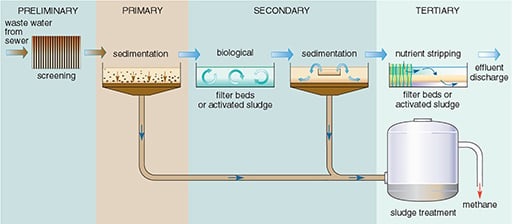
How much does water infrastructure play into our daily lives? This question gets at the heart of how we interact with each other and the environment around us. The answer is...a LOT! Water Supply Infrastructure influences everything from the food we eat to the water we drink to the air we breathe. In fact, over 60% of global energy consumption goes towards building and maintaining the basic infrastructure.
Our environment has become highly dependent on urban and rural infrastructure. From drinking water to electricity to transportation systems, the way things are done today is very different from the ways they were done even 20 years ago. The growth of cities, suburbs, and towns across the globe means more and more people rely on water infrastructure every day.
The term “water infrastructure” refers to all the systems that are used to move, store, treat, distribute, or dispose of water. This includes everything from pipes, dams, reservoirs, treatment plants, and wastewater treatment facilities to roads, bridges, tunnels, and pipelines.
The key thing to remember about water infrastructure is that it serves two main functions: supplying clean water for public use and treating sewage before disposing of waste back into the environment.
There are many forms of water infrastructure including:
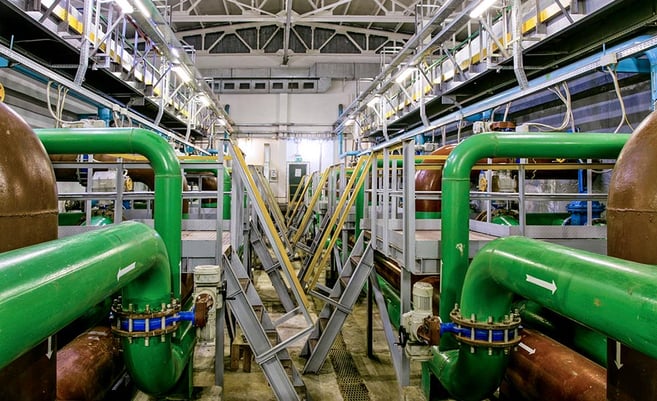
Drinking Water Distribution System - Basic Components
Distribution system consists of four components: primary, secondary, tertiary treatment and Storage.
1. Primary Treatment Plant: This component receives raw water directly from the source and treats it using physical, chemical, and biological methods to remove impurities and harmful bacteria. It also adds minerals and chemicals to make the water safe to drink.
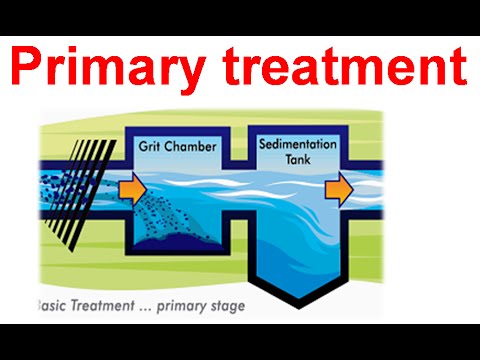
2. Secondary Treatment Plant: This component takes treated water from the primary plant and further cleanses it by removing any remaining suspended solids or dissolved gases. These units are often equipped with aerators and activated carbon filters to ensure proper purification.
.jpg?width=480&height=360&name=hqdefault%20(1).jpg)
3. Tertiary Treatment Plant: This component uses advanced filtration processes such as reverse osmosis, ultraviolet radiation, microfiltration, and ultra-violet light to produce purified drinking water.
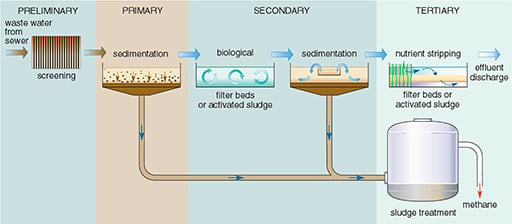
4. Storage : Its time to store RO water in Stainless Steel Panel Tanks, you can check the panel tank details here and its advantages.
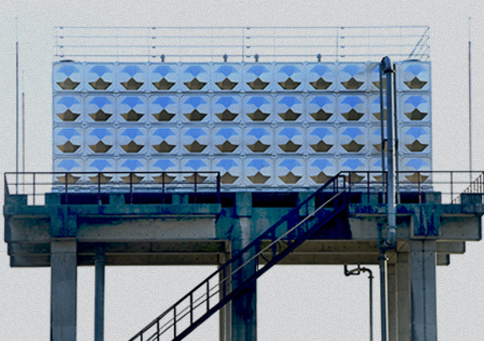
These components must be properly maintained to function effectively. If one part breaks down then the whole system fails.
Once the water reaches the consumer, it will undergo additional processing depending upon their preference. For example, if you prefer cold tap water over hot, you might have a refrigerator connected to your faucet. If you want to filter out sediment or chlorine taste, there may be a device attached to your sink.
We have been manufacturing stainless steel panel tanks since 1947 and pride ourselves on providing top-quality water tanks made of stainless steel at affordable prices globally.
Stainless steel is extremely durable, meaning that it won't crack or break easily. This makes them ideal for businesses that deal with large amounts of liquid, such as breweries, wineries, and distilleries.
Stainless steel tanks don't corrode over time, unlike Iron and FRP tanks. This means that they can last longer than other types of tanks, potentially saving money down the road.

For more information regarding our stainless steel panel tanks download our product brochure by clicking the button below, drop us your requirement on sales@beltecnoindia.com or call us on any of given numbers +91 9116009580/+91 7300084028
For more Details on Our Product click here ![]()
*https://pubs.spe.org/en/ogf/ogf-article-detail/?art=3566